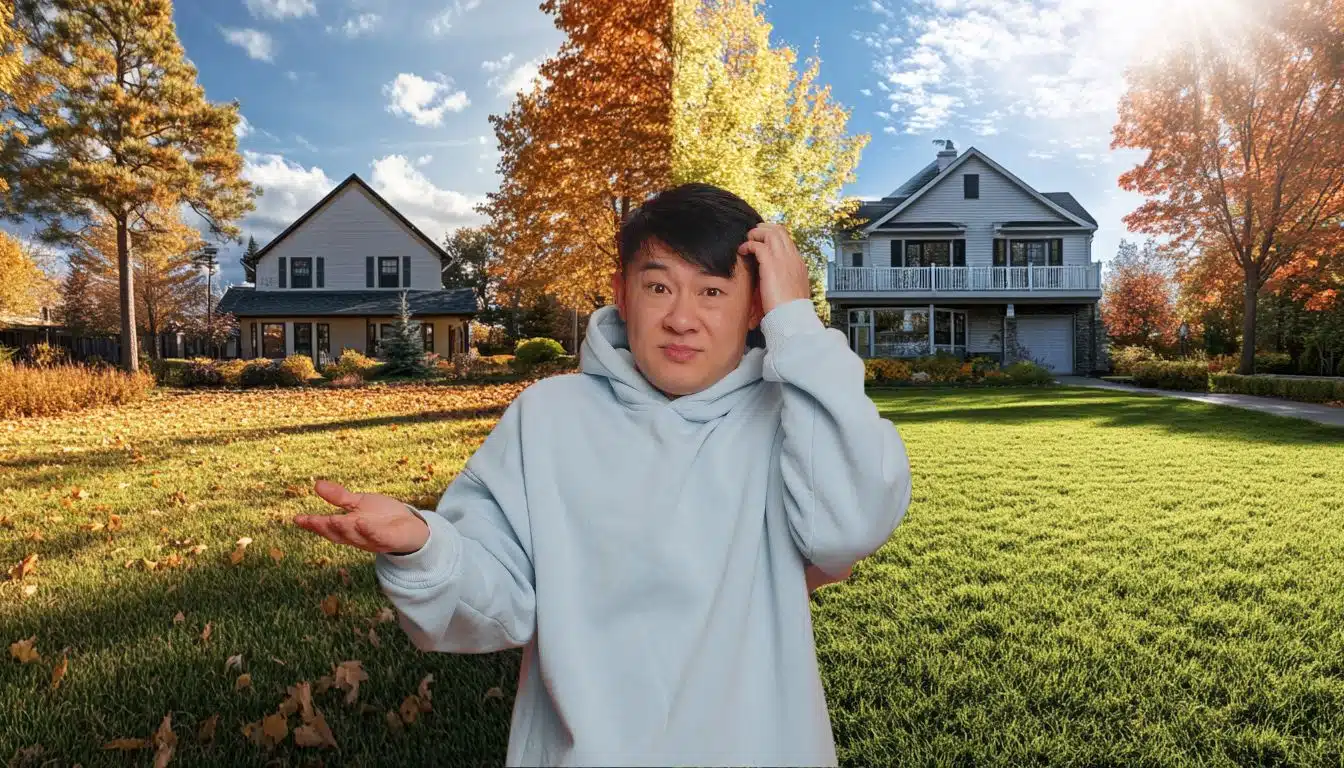Fall is a season of transition, not only for the weather, but also for your garden. Have you ever wondered if it’s better let your lawn grow freely or maintain her usual cutting routine?
Discover the benefits of a less conventional choice that could improve the health of your green space. Read on to find out how small changes can make a big difference to your garden.
The advantages of a freely grown lawn
Deciding to leave the lawn grow without too many interventions during the fall it can be extremely beneficial. Longer grass offers a natural protection for the soil against climatic variations and helps retain humidity, essential in areas with little rainfall.
Additionally, thicker vegetation can support biodiversity by providing shelter for insects and small animals, creating a vital microhabitat for your garden’s ecosystem.
Less maintenance and less expenses
The choice to reduce autumn cuts also involves a significant reduction of maintenance work.
This translates not only into less time and effort spent taking care of the lawn, but also into a reduction in fuel consumption, thus contributing to minimize environmental impact.
Less maintenance also means the opportunity for grass to regenerate and regain strength for next season.
Risks to take into consideration
Despite the advantages, one must be aware of the risks related to fungi and diseases. Leaving the lawn too high can create the ideal environment for the development of fungal diseases, damaging the health of the turf.
Therefore, it is essential to monitor the state of the lawn, so as to intervene promptly if yellow areas or patches appear.
Another aspect to consider is aesthetics: an overgrown lawn could look neglected. If appearance is a priority for you, one constant visual care However, it may require regular finishing.
Practical advice for a green autumn
To get the most out of your lawn during the fall, be sure to maintain a correct cutting height: the ideal is 6-7 cm. Remember the importance of aeration to ensure the roots have the right supply of oxygen and nutrients.
Also, use slow release fertilizers it could provide the substances necessary to face the challenges of the winter months.
Also consider the practice of scarificationwhich can remove moss and debris, preparing the soil for new autumn plantings. Find out more about how to transform your green space into a dream garden.
The differentiated tone: an innovative approach
An intermediate strategy is the differentiated toneperfect for balancing aesthetics and ecological functionality. You can keep visible areas of your lawn well-groomed, but allow vegetation to grow in less visible areas.
This not only improves the aesthetics, but also supports the local biodiversity.
Discover how these techniques can help create a greener and lusher environment in your garden, thanks to the strategies of the experts.
Optimize through natural mulching
Finally, the natural mulch it is an excellent way to improve soil health and stimulate plant growth. By allowing the cut grass to decompose in place, the soil is enriched and improved structure and fertility in a sustainable way.
This practice reduces the need for chemical fertilizers and promotes a complete ecological cycle. Learn more about how mulching can transform your lawn.







